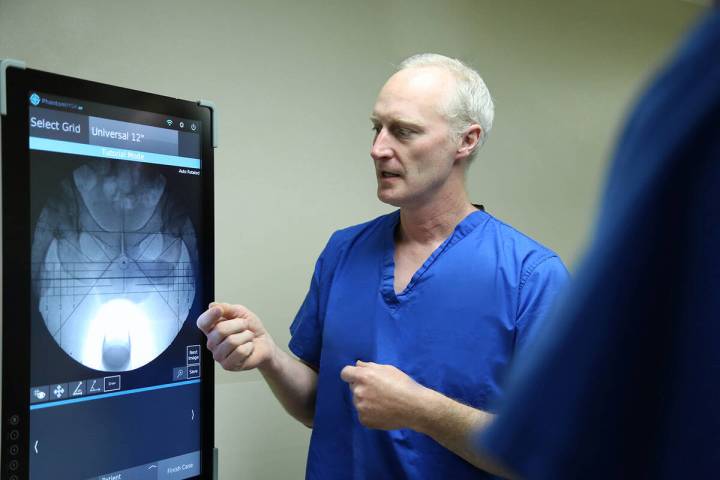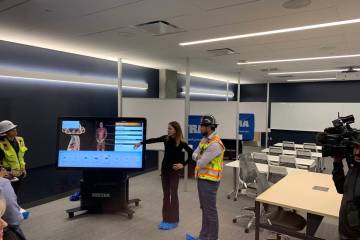Numbers don’t always tell the full story. In the case of data provided by the Centers for Medicare & Medicaid Services pertaining to individual Medicare providers and the disbursements they receive, there is much more to the numbers than physicians simply receiving payments from their respective patients.
Since the database’s inception in 2003, lists outlining physicians’ individual payments, number of services they provide as well as annual patients have appeared in a number of high-profile publications across the country. Locally, the Las Vegas Business Press featured a list of Southern Nevada’s top 40 paid individual Medicare providers in its Nov. 2 edition.
To the naked eye, these numbers can easily be misconstrued as physicians pocketing hundreds, thousands and, in some cases, millions of dollars directly as a result of Medicare claims. At the top of many of these claims lists are highly specialized fields such as rheumatology, cardiology, ophthalmology and oncology.
These figures do not include the costly expenses that physicians incur, including, but not limited to medications, staffing and rent for their respective facilities. Additionally each year, practices write off hundreds of thousands of dollars due to Medicare patients who cannot afford co-pays or if there are denials of coverage and/or treatment. These costs, as well, are not included in total Medicare figures.
To understand what the data fully reflects, there are five key factors to keep in mind:
1) Physicians bill Medicare for services provided and, in some specialties, for drugs, treatments and other services administered as well. Physicians receive zero funding until Medicare reimburses them, which can be a minor fraction of what was initially billed. The overarching reimbursement data does not equate to physicians income and does not reflect his/her expenses, which typically include drugs, equipment, staff, insurance, utilities and rent for facilities.
2) In rankings, billed charges for physicians employed by hospitals will appear less than independent physicians. Infused drugs (i.e., drugs administered intravenously), equipment-related charges and imaging services are included for independent and community physicians, but not for hospital employees.
3) Charges for specialized care providers are higher because the treatments and medications they administer are more expensive to produce and administer. Community physicians typically buy and administer drugs themselves and are later included in their respective reimbursement amounts. In many cases, the amounts paid by Medicare do not cover the cost of buying and delivering medications to patients.
4) High billers may also include charges and payments for technical fees for equipment-based therapies and services. For example, a linear accelerator to warp and destroy cancer cells can cost upwards of $3.5 million, and highly trained therapists and personnel are required to manage such equipment.
5) Each doctor’s unique patient make-up is different than other doctors. In some areas, those who benefit from Medicare can drastically outnumber those who do not, and vice versa. If more patients are using Medicare and its benefits, the aggregate billings and payments will naturally be higher. And, when considering these measurements, they do not include commercially insured or Medicare Advantage populations.
While the word “payments” can mean different things to different industries, “payments” in this regard means something incredibly unique to Southern Nevada Medicare providers. And while these numbers are a starting point in determining where Medicare reimbursements are going, they do not depict the end amount that stays with local physicians and practices.
— James Kilber is executive director of Comprehensive Cancer Centers of Nevada. For more information on CCCN, visit www.cccnevada.com.






